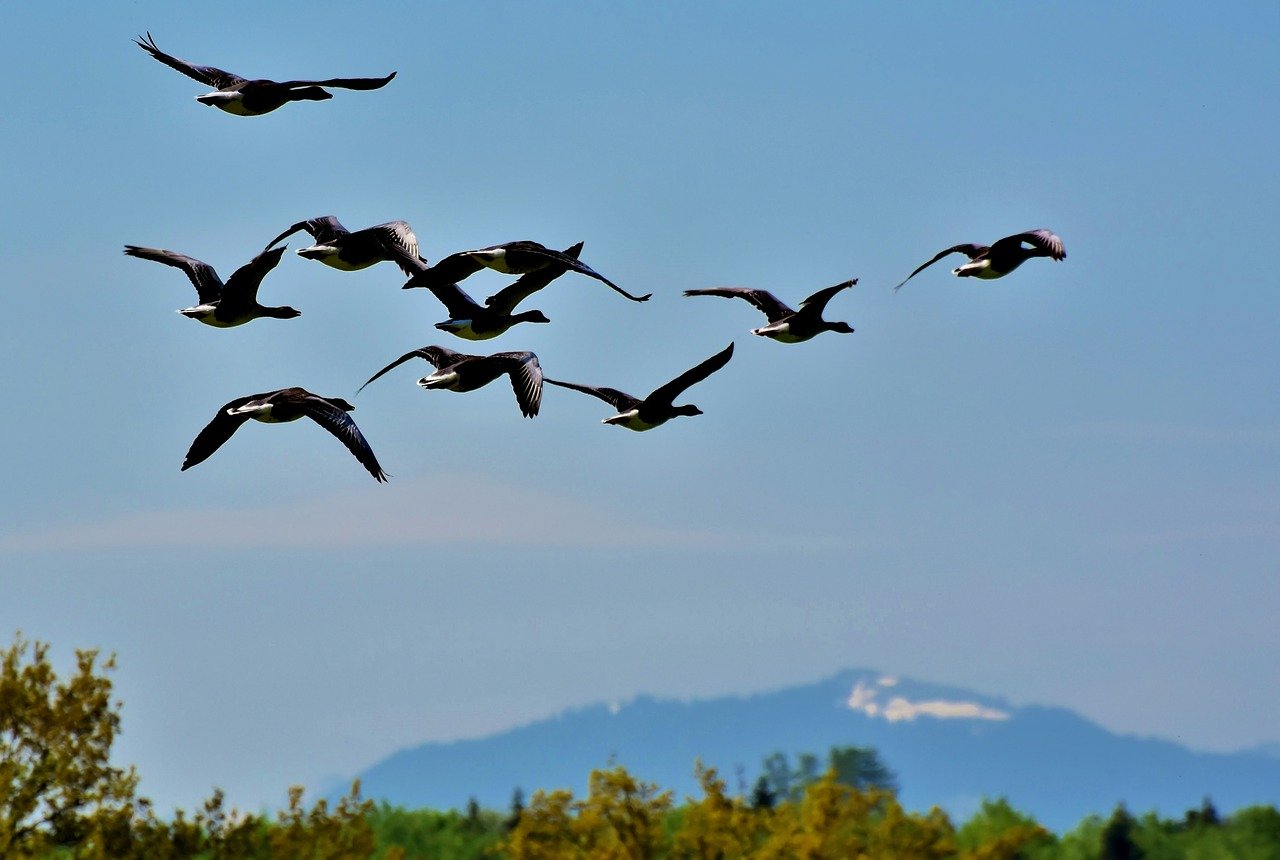Numbers and distributions of geese in Hungary 1984–2009
DOI:
https://doi.org/10.34080/os.v20.22624Keywords:
population studies, Anatidae, survey, staging sites, monitoringAbstract
Hungary has many areas of international importance for four goose species during migration and wintering. Monitoring of numbers started in November 1984 and has been carried out monthly in October–March since 1986/1987 at all important sites. The maximum count of Tundra Bean Goose has decreased from 100,000– 120,000 birds in the 1980s and 1990s to about 15,000 today. Twelve sites are still of international importance. The maxima of Greater White-fronted Goose were below c. 50,000 in the 1980s. After a peak count of more than 150,000 in 1991/1992, maxima of c. 100,000 or more have been recorded in several subsequent seasons. Twenty-one sites are of international importance. The Lesser White-fronted Goose has declined drastically and after the 1997/1998 winter it is no longer recorded every month, and maximum has exceeded 53 birds only twice. Despite the small numbers, five sites are still of international importance. The Greylag Goose increased considerably both as a breeding bird and winter visitor. Currently the wintering population has stabilized with maximum counts of 25,000–30,000 birds. Seventeen sites are of international importance.
Downloads

Downloads
Published
How to Cite
Issue
Section
License
Copyright (c) 2010 Sándor Faragó

This work is licensed under a Creative Commons Attribution 4.0 International License.
The copyright of each contribution belongs to the author(s), but all contributions are published under a Creative Commons license, so that anyone is free to share and reuse the contribution as long as the copyright holder is attributed.







